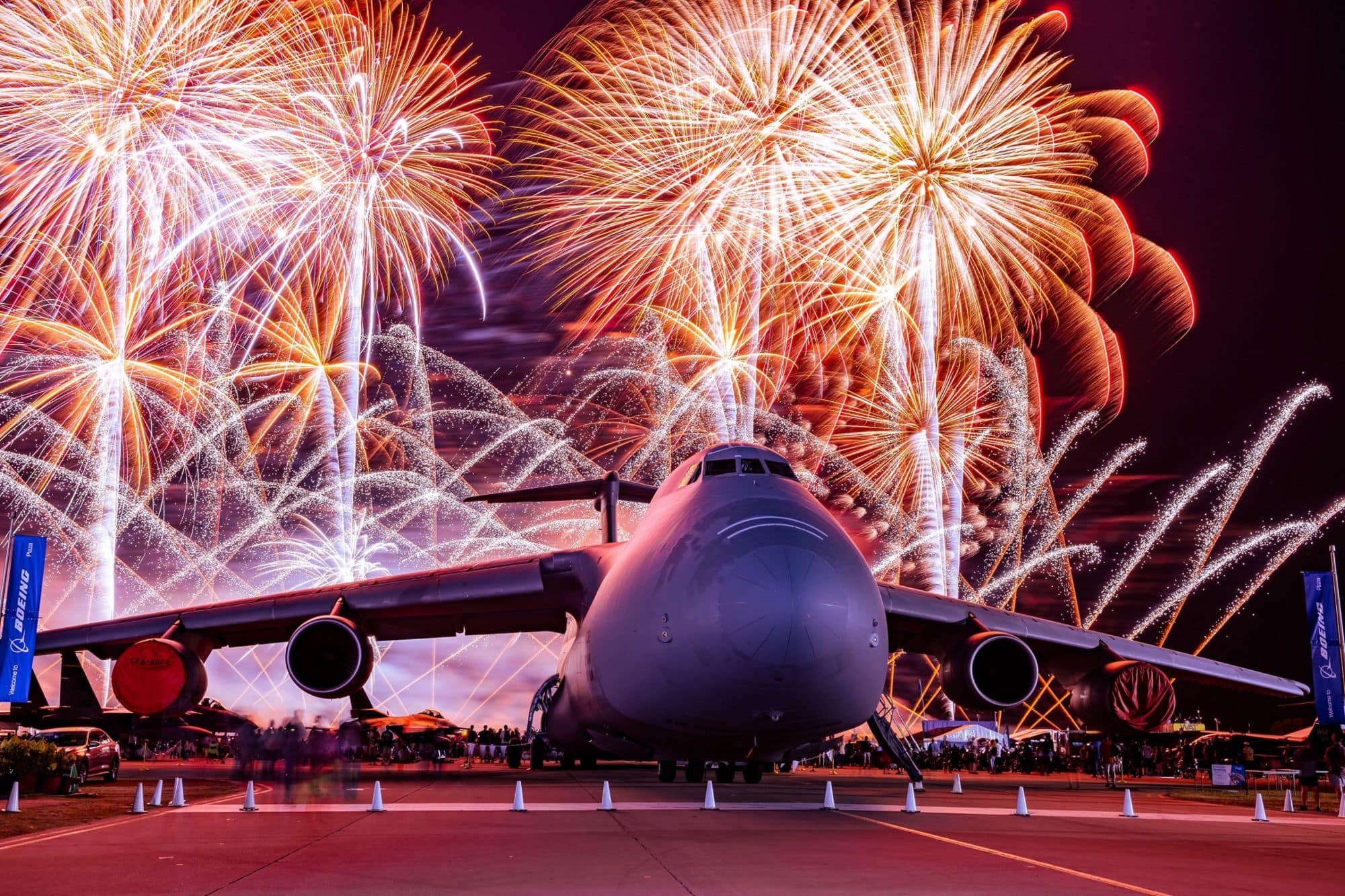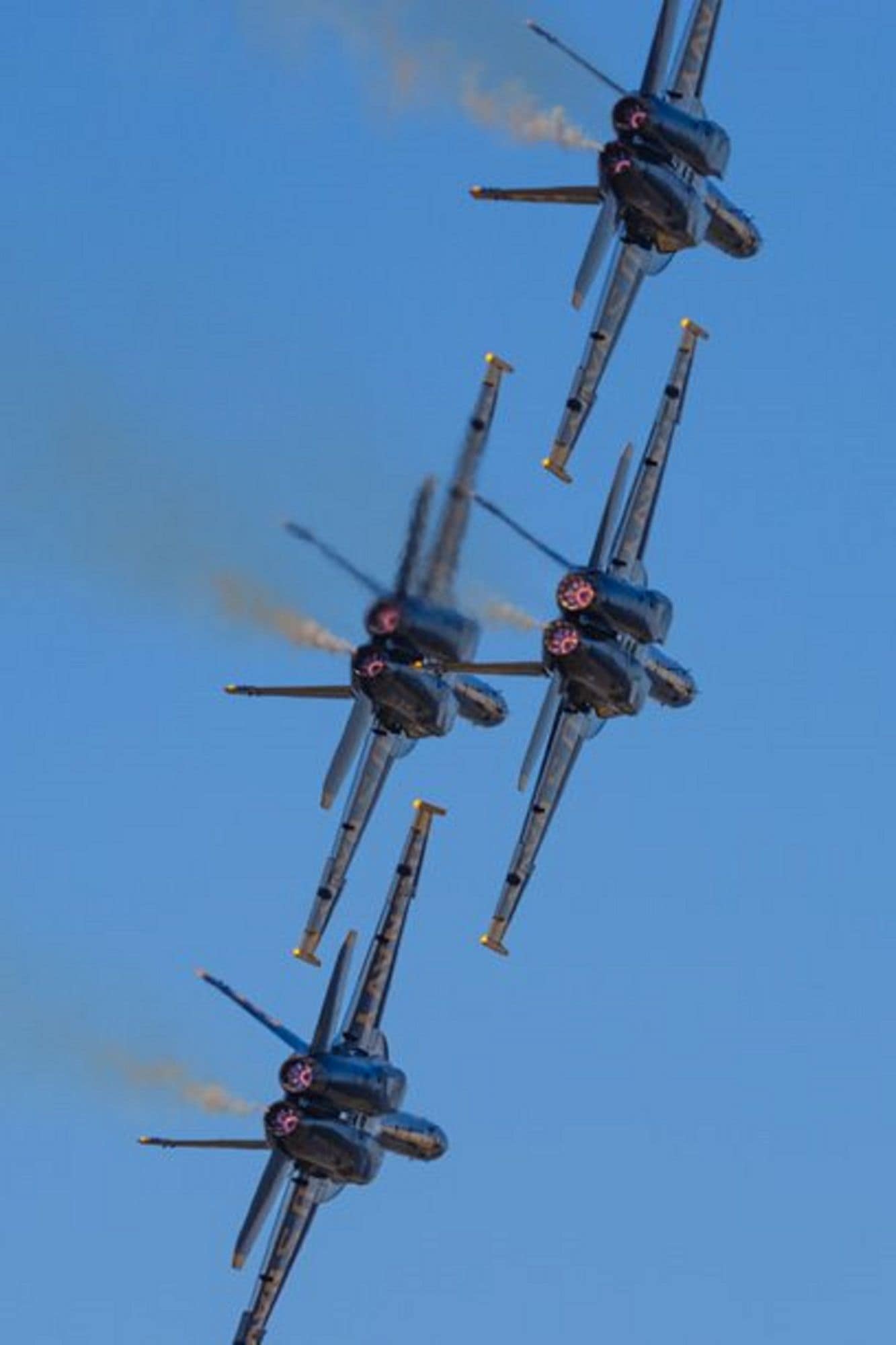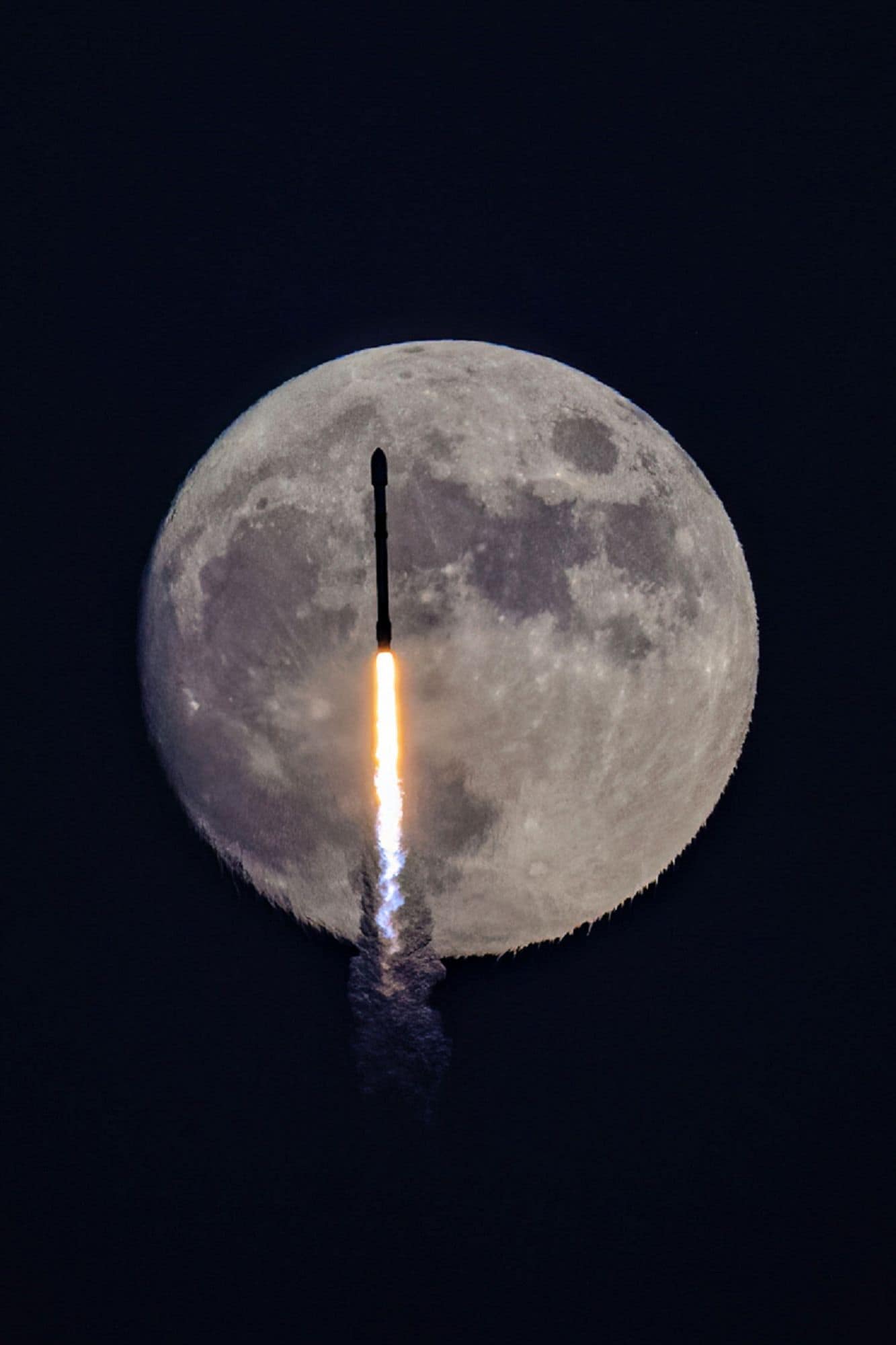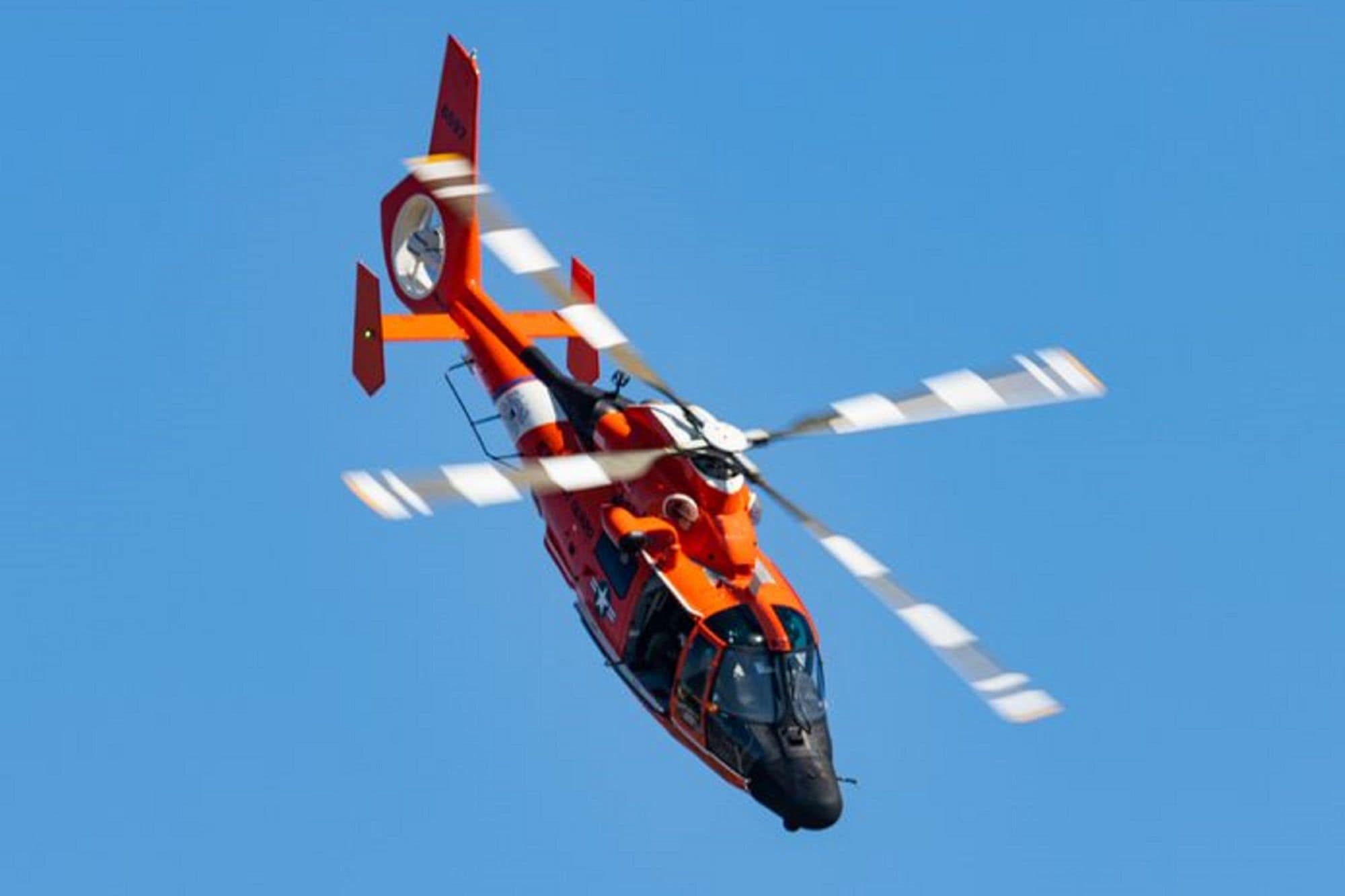

Eagles Take Aviation Photography to the Next Level
Story by Student Sadie Walsh-Gay
Whether it is scaling 40 floor buildings, hiking mountains or renting helicopters, some photographers are willing to do whatever it takes to get the shot.
Wen Wu ('23), Hao Wu ('23) and Bastien Melin ('23) are Embry‑Riddle Aeronautical University students who have done all that and more. As self-taught photographers, the trio dedicates the majority of their spare time to capturing impressive aerospace and aviation related images purely for their own enjoyment.
“Being able to take any moment and keep it as a memory is really cool,” said Wen Wu, who is studying Aerospace Engineering.
How to Get Into Aviation Photography
After individually picking up photography as a hobby when they were young, the group has now spent a collective $31,800 on camera equipment and editing software out of their own pockets to improve the quality of their work, according to Melin, who is also an Aerospace Engineering student.
 A Lockheed C-5A parked on an airport ramp with fireworks exploding behind it. (Photo: Wen Wu)
A Lockheed C-5A parked on an airport ramp with fireworks exploding behind it. (Photo: Wen Wu)
Despite both hailing from Beijing, China, and sharing a last name, Hao and Wen Wu are not brothers. They both came to Embry‑Riddle because of their academic interests and met during orientation of their freshman years. After developing a tight-knit friendship, the duo met Melin last year and immediately connected over their passion for photography.
“My favorite part of taking photos, in general, is the experience and feeling behind capturing a scene,” said Melin. “Being with good friends like Wen and Hao just makes the experience better.”
Each event they attend requires meticulous planning to get the right shot, with the group preparing up to three days in advance to reduce the chance of errors.
“On the first day we go to study the layout,” said Wen Wu. “Once you get the map built in your head you have to go there on the second day to see what the lighting situation is, and then the third day is when we actually get it done.”
How Do They Decide What to Photograph?
Some events, such as air shows or rocket launches, are likely to attract other like-minded photographers and can mean that they will have to work shoulder to shoulder with strangers. In these cases, the group will set up 7 hours in advance to claim their territory, which is exactly what they did at the most recent launch of Space X’s Falcon 9 rocket on Jan. 18.
“I will choose the best angle for the location,” said Hao Wu, who is pursuing a B.S. in Human Factors Psychology. “Wen picks the location, and Bastien will scout out the place and then we will go out early together. So, we’re working as a team to choose the best shot we can.”
For these photographers, it is all about gaining a vantage point for the best angle. Wen Wu noted that they have rented helicopters to gain different viewpoints of the launches.
Unfortunately, the process is still highly dependent on the day, with different variables occasionally resulting in the images being unusable.
“Sometimes you’ll do all the work, and the weather will be bad, and you don’t get the shot you were hoping for,” said Wen Wu. “There are some things you just can’t control.”
When the conditions do cooperate each group member uses their own equipment to take photos in their respective styles.
“Hao is more into the colder, cool tones. His pictures are more industrial,” said Wen Wu. “I am a color guy. Bastien is more into the art perspective, his colors are more balanced, and he is more focused on composition.”


How They Take Aviation Photos
After carefully setting up, adjusting the camera settings, and taking the images, the process is still far from over. The group will take their individual images and start choosing favorites for post-production editing.
“It depends on the event,” said Wen Wu, “but for a really good event like a rocket launch you can get up to 2,000 photos. It only gets harder when you are shooting air shows or races.
“The last big one I went to was the Rolex Race and I took about 70,000 pictures that day.”
These masses of images will be meticulously cut down to only a handful, where they undergo hours of editing. Despite the quality of the pictures and all the time spent perfecting them, the group cannot legally distribute their photos for money as they are international students.

A Coast Guard helicopter set against the blue Florida sky in a photo taken from above. (Photo: Bastien Melin via @ocular.photo on Instagram)
However, they don’t seem to be annoyed by the restrictions, with Wen Wu acknowledging how they just enjoy the process and expressing gratitude for the photo opportunities they find.
“I just keep the finished images for my own collection,” said Hao Wu. “I’ll also print them out at home and put them on the wall. I like just traveling to different places to capture the moment that I like most.”
The traveling they do is not always simple. Hao Wu recalls staying up late at night in Mongolia just to capture images of the stars, even after he had been told there were wolves in the area. Wen Wu also spoke of their trip to Seattle and Los Angeles to take photos of different planes and cars.
“Might as well have some fun and see the world a little bit more,” said Wen Wu. “The thing about photography is that you travel a lot, so you make connections with a lot of nice people and learn a lot as you go.”
The students have visited multiple countries, flown across the USA on school breaks, and will sometimes take 10- to 12-hour road trips together just to take pictures, according to Hao Wu.
“Photography just makes you more aware of your surroundings and how many cool things are around you,” said Wen Wu. “That’s definitely the best part.”


